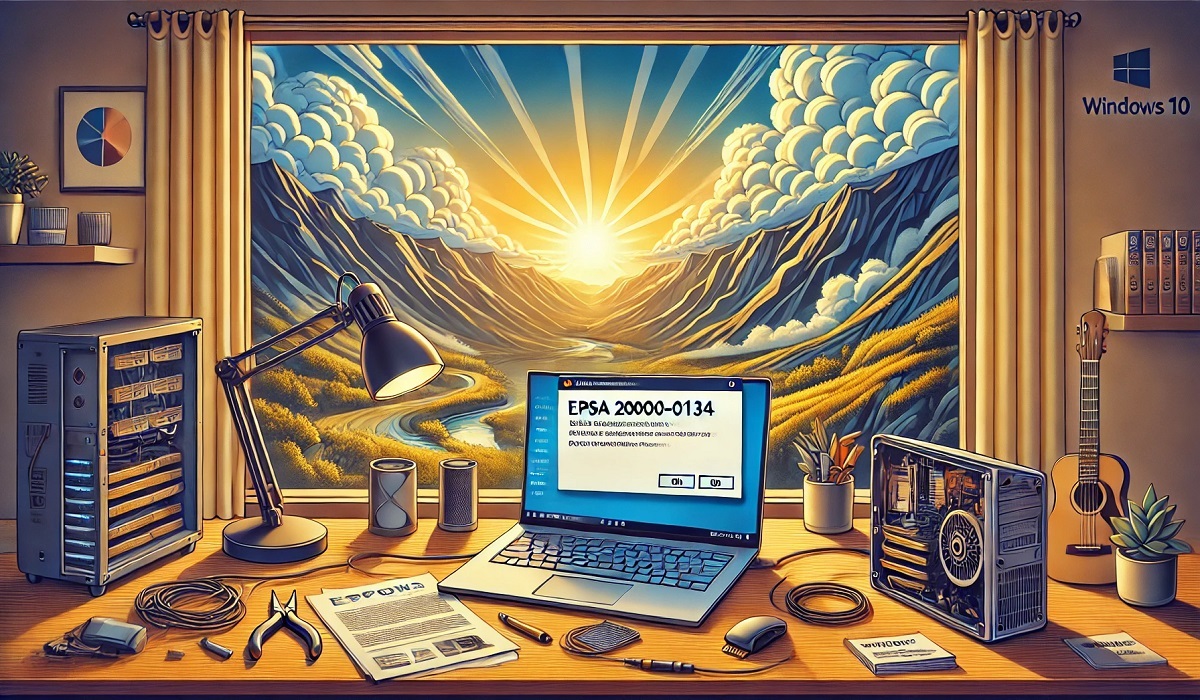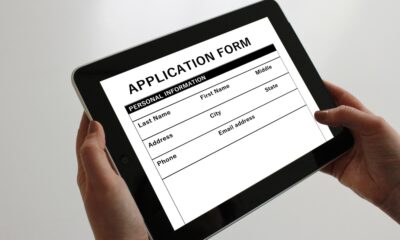GUIDE
How to Fix EPSA 2000 0134 Windows 10 Easily

The EPSA 2000-0134 error on Windows 10 can be frustrating for users, often pointing to a hardware issue related to your system’s hard drive. Thankfully, resolving it isn’t as complicated as it seems. By following the steps outlined in this guide, you can troubleshoot and fix the issue effectively.
What is the EPSA 2000-0134 Error?
The EPSA 2000-0134 error refers to a diagnostic code from Dell’s Enhanced Pre-Boot System Assessment (EPSA). It typically indicates a potential problem with the hard drive or storage subsystem.
When this error appears, it’s crucial to address it promptly, as ignoring it could lead to data loss or further hardware damage.
Common Causes of EPSA 2000-0134 Error
To fix this error, understanding its root causes is essential.
- Hard Drive Issues: Physical damage or corrupted sectors.
- Outdated BIOS or Firmware: Incompatibilities caused by outdated software.
- Loose Connections: Poorly connected hard drive cables.
- System Overheating: Prolonged heat exposure damaging hardware.
How to Fix EPSA 2000 0134 Windows 10?
Follow these steps to troubleshoot and resolve the error effectively:
Step 1: Perform a Thorough System Reboot
Sometimes, a simple restart can resolve temporary glitches.
- Turn off your system completely.
- Disconnect all peripherals.
- Reconnect and power on your device.
If the error persists, proceed to the next step.
Step 2: Run Full Diagnostics
To diagnose the root cause:
- Restart your system and press F12 during boot to access the Boot Menu.
- Select Diagnostics and let EPSA run a complete scan.
- Note any error codes or detailed reports provided.
The diagnostic results will confirm if your hard drive is faulty.
Step 3: Check Hard Drive Connections
Loose connections can trigger errors.
- Power down your device.
- Open the case (for desktops) or access the drive bay (for laptops).
- Ensure all SATA or power cables are firmly attached.
Step 4: Update BIOS and Drivers
Outdated firmware or drivers can lead to errors.
- Visit your manufacturer’s official website (e.g.Dell Support).
- Download the latest BIOS and driver updates for your system.
- Follow the on-screen instructions to install them.
Step 5: Repair Corrupted Sectors
If the issue is related to corrupted sectors, run the Check Disk Utility:
- Open the Command Prompt as an administrator.
- Type
chkdsk /rand press Enter. - Allow the process to complete, repairing any damaged sectors.
Step 6: Test with Another Hard Drive
To verify if the hard drive is causing the error:
- Replace the current hard drive with a compatible spare.
- Reboot the system and check if the error persists.
Step 7: Reinstall Windows 10
If software corruption is suspected:
- Back up your data to an external device.
- Use a bootable USB or recovery disk to reinstall Windows 10.
- Follow the setup process and verify if the issue is resolved.
Step 8: Replace the Hard Drive
If diagnostics confirm a hard drive failure:
- Purchase a compatible replacement drive.
- Follow your device manual to replace the faulty drive.
- Reinstall Windows 10 on the new drive.
Preventive Measures to Avoid EPSA 2000-0134
- Regular Backups: Store critical data in secure locations.
- Keep System Cool: Use cooling pads or ensure proper ventilation.
- Routine Maintenance: Run diagnostic checks periodically.
- Stay Updated: Keep BIOS and system drivers current.
Conclusion
Understanding how to fix EPSA 2000 0134 Windows 10 empowers users to address one of the most common hardware errors effectively. By following the steps above and adopting preventive measures, you can keep your system running smoothly and avoid future issues.
FAQs
What does EPSA 2000-0134 mean?
It indicates a potential issue with your system’s hard drive, as diagnosed by Dell’s EPSA tool.
Can this error cause data loss?
Yes, ignoring it may result in data loss or drive failure. Address it promptly.
How can I confirm if my hard drive is failing?
Run diagnostic tests using EPSA or third-party tools like CrystalDiskInfo.
Do I need professional help to fix this?
While basic troubleshooting can be done at home, severe hardware issues may require professional repair.
Will replacing the hard drive fix the error?
Yes, if the hard drive is faulty, replacing it will resolve the issue.
What tools can help diagnose hard drive health?
Tools like Dell EPSA, CrystalDiskInfo, and HD Tune Pro are effective in assessing drive health.








